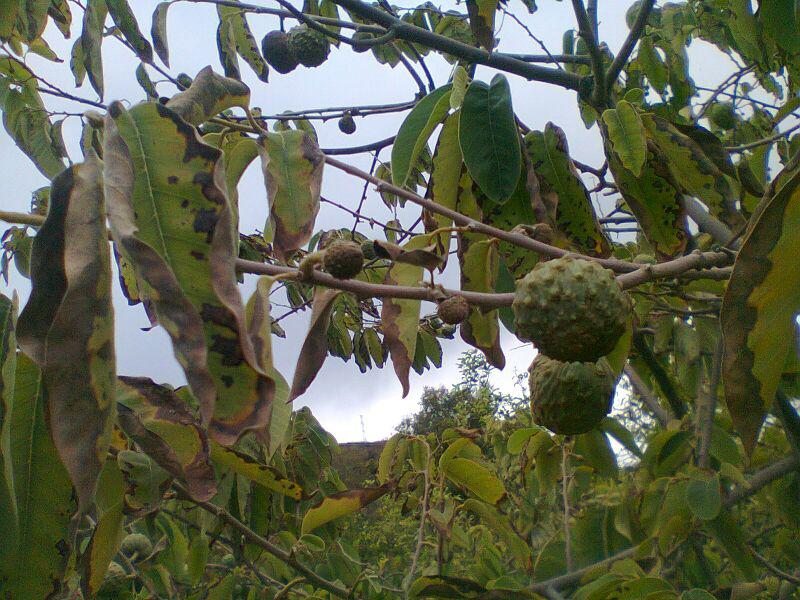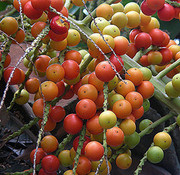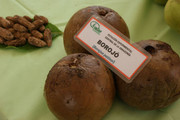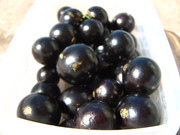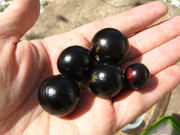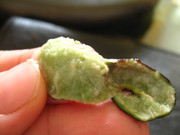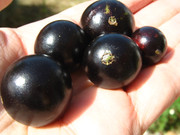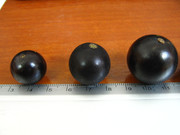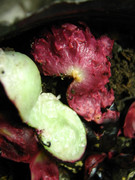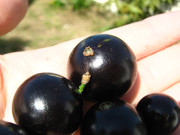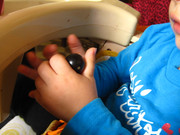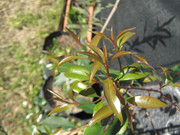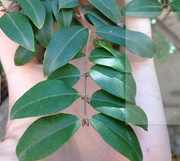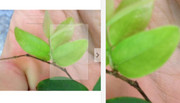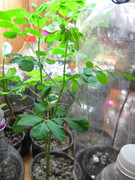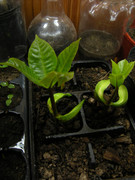I've been worried to read this report and similar parts reproduced on the web:
[1]
http://www.sacandomelao.com/2012/07/medico-llama-tener-cuidado-con-uso.htmlhttp://taregao.blogspot.com.tr/2012/08/la-moringa-en-exceso-hace-danoopinan.htmlhttp://hoy.com.do/la-moringa-es-abortiva/Can not find the original cientific sources of these potential studies attesting "collateral damage"
What do you think?
[1] automatic translation:
"Although most people who use the plant moringa freedom or have reported no side effects, this does not mean that eating the organs of this plant is free of them.
We can not be led by enthusiasm, either by simple observation of the beneficial effect of this plant, we're tired of similar stories from other plant species that promise to cure all diseases and for having; but when we submit to the rigor of the scientific method breaks down everything.
Hopefully what moringa attributed to be true, but we must wait with patience that characterizes science and the research process exhausting. It is not advisable to use this plant for medicinal purposes until the correct dose is determined in each case. Similarly it is desirable to estimate the lethal dosage and capable of producing toxicity. Studies are needed pharmacokinetics of the main active ingredients of moringa to get to know the right way to encourage their use.
Have been reported heart damage caused by the consumption of this plant. Also sudden drop of blood glucose levels, which may calculate the dose may help in the treatment of diabetes. Furthermore, it has been found in people who eat moringa, polycythemia vera (increased number of red blood cells), a condition that may increase the risk of acute myocardial infarction, cerebrovascular accident (CVA), dizziness, headache and ringing in the ears. Some people studied after consuming this plant have experienced somnolence, watery stools, dyspepsia, and urticaria.
av / am
Beware popular consumption of moringa or freedom
Moringa or flower of freedom, has been a topic that has been discussed a lot in recent days and it seems that there is a strong commercial interest behind a lot of the information offered on this plant. For that reason alone highlights the benefits of their consumption, and not explained on the damage and risks to oral use is involved.
True Moringa has lots of protein and vegetable and promoters offer mercadológica bodies say this tree has more of this nutrient than milk, but it says that despite the protein content of the leaves be 9.40 per 100 grams, this level is exceeded for any bean with more than twice and more if the black beans. Neither report at any time, with respect to calcium is what gives calcium oxalate and this increases the risk of forming stones in the kidneys.
It also states that the leaves contain more Vitamin A than carrots and more vitamin C than oranges. The first thing to clarify is that it contains vitamin A, what we find in it's B-carotene, a precursor of vitamin A and the second is that the human body does not store vitamin C and excreted in the urine. So you do not need to eat large amounts and any diet with fruits and vegetables provides the daily requirement of this vitamin.
It has not been clear that there are varieties of moringa pod which is poisonous and must establish, in addition, the identification of the species used, the therapeutic dose and the toxic dose lethal in each dose. It is good to report that a testimony is no scientific basis to recommend the use of a plant or any substance, there is a well established protocol must exhaust before authorizing the use of any plant or any product for human consumption. It takes more than ten years before science can allow medicinal use of the plant.
There are many substances identified in the flower of freedom and between them are very promising zeatin, a plant hormone group of cytokines. Also important are the pterigospermina and niazimicina. Of zeatin we report that is an inducer of cell division, that is, stimulates the cells to grow to the level of the plant, if it is this effect in animals and humans can be far to help in the treatment of cancer, worsen a person affected in this disease. The pterigospermina has well known antibiotic action and this could benefit in using the plant to treat some infectious processes, after making the appropriate pharmacological studies.
Not that the author has something against this plant. What happens is that we prevent the damaging effects of moringa and education is the best tool to achieve this.
BY ARSENE MEDINA ESTEVEZ / PHYSICIAN"
